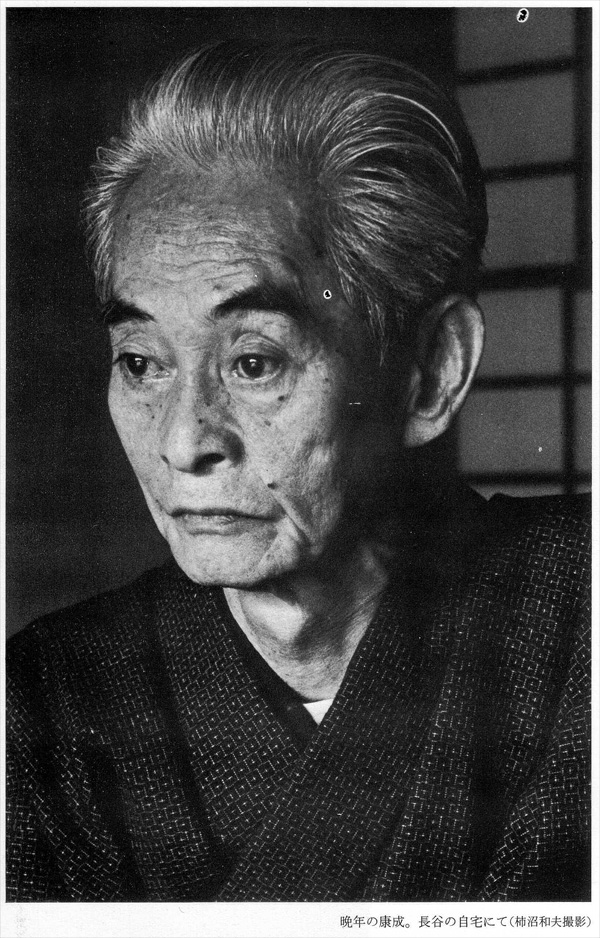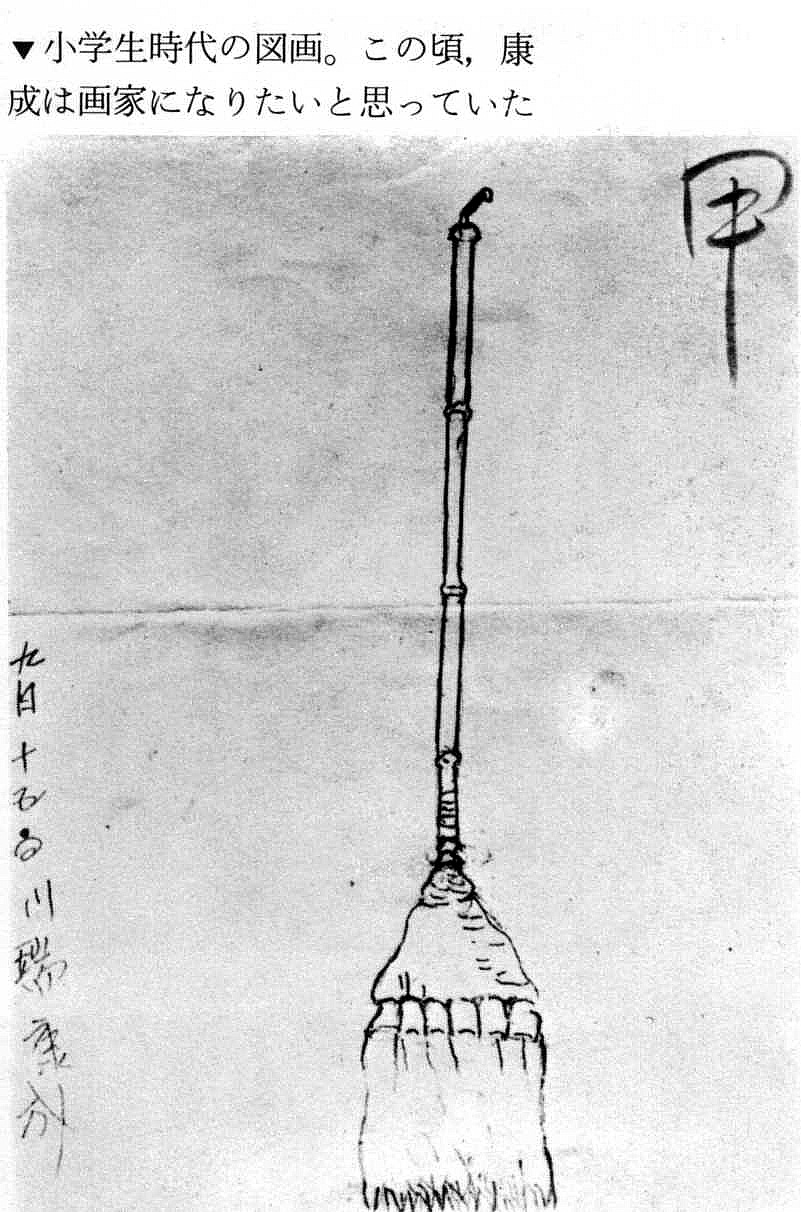
During elementary school, Kawabata wanted to be a painter.
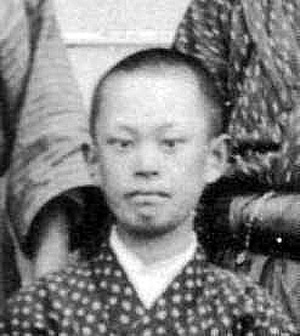
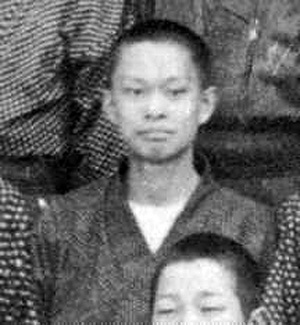
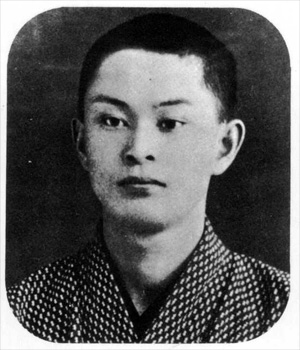
(1912)
Graduation from elementary school
Graduation from elementary school
(1917)
5th year of Ibaraki Middle School
5th year of Ibaraki Middle School
(1917)
Picture when entering upper school.
Picture when entering upper school.
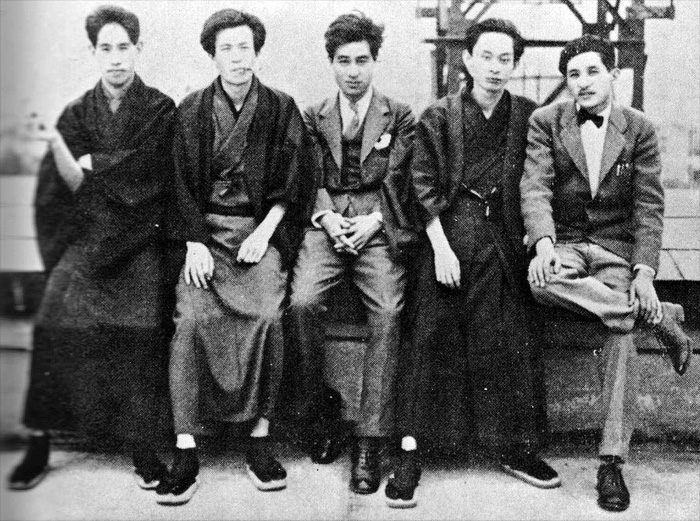
Members of the literary journal Bungei Jidai, and Iketani. From right to left: Suga (菅忠雄), Kawabata, Ishihama (石浜金作), Nakagawa (中河与一), Iketani (池谷信三郎).
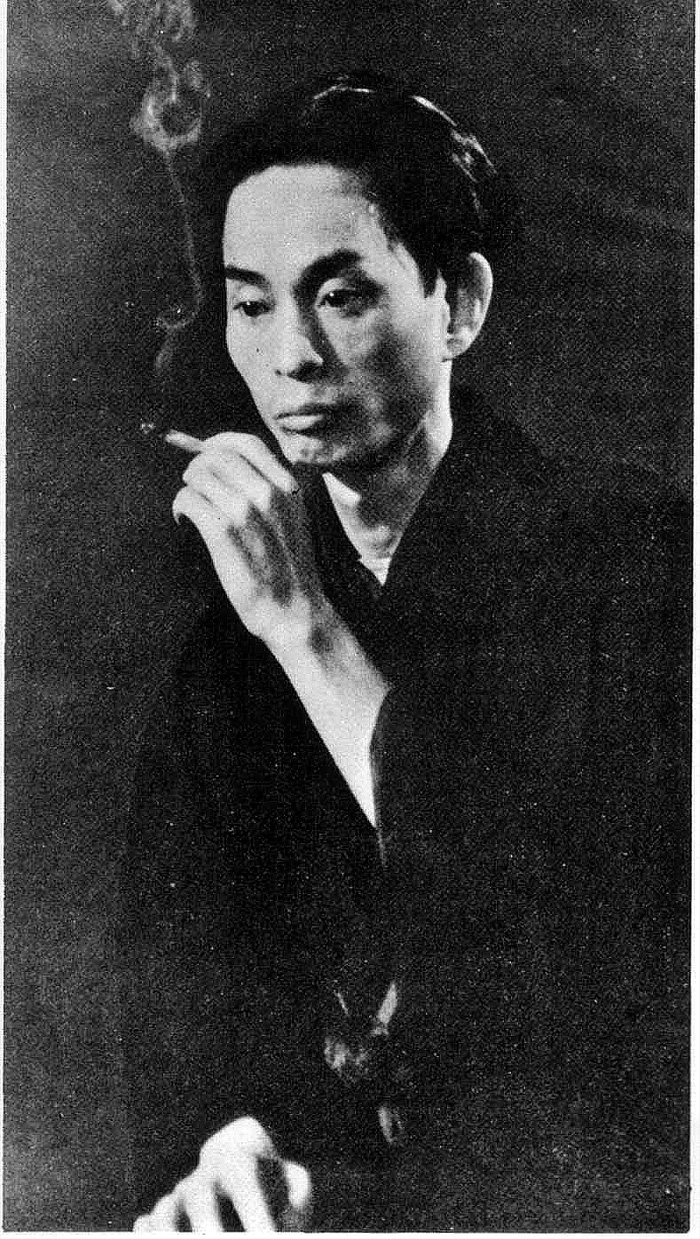
A picture during the time he was living at Sakuragi-cho in Ueno (上野桜木町).
Kawabata with his wife Hideko (秀子) to his left and her younger sister Kimiko (君子) to his right.
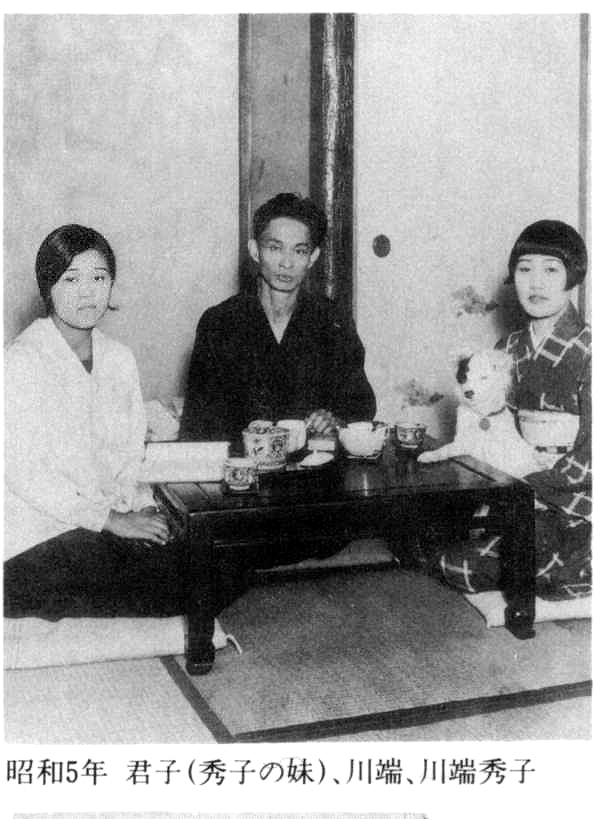
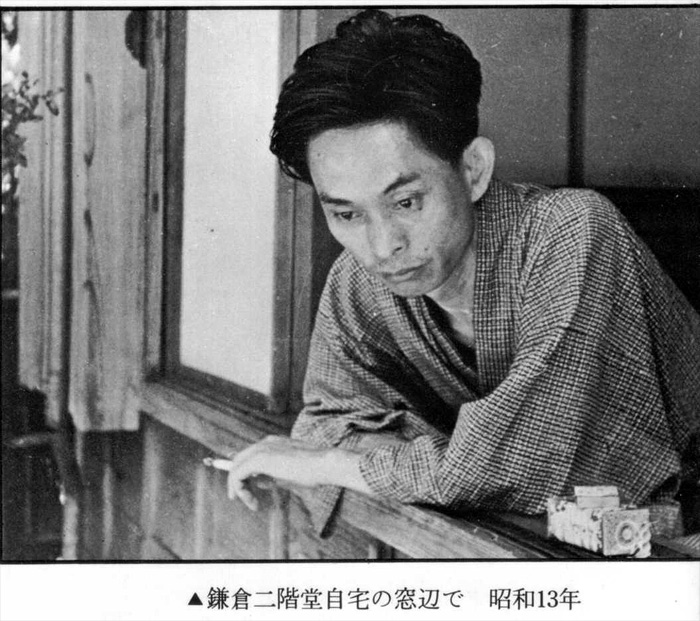
At home in Kamakura. By this time the first full edition of Snow Country has been published (1937) but the sections about the final fire and the Milky Way have yet to be written.
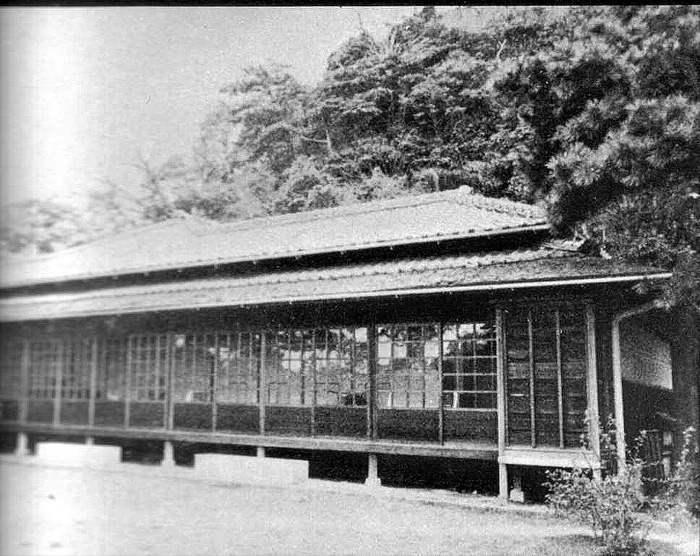
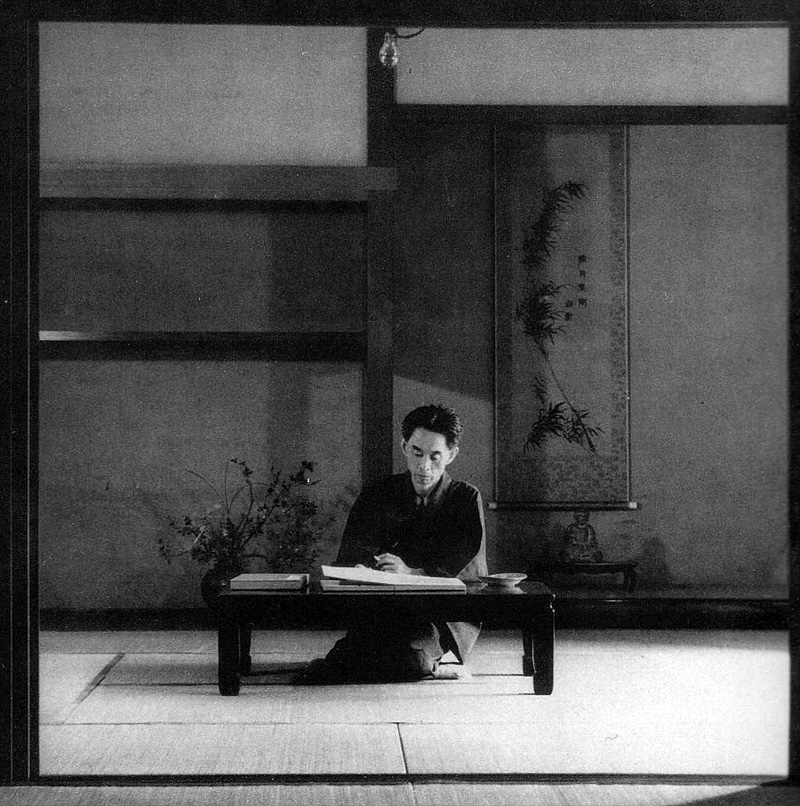
(1946 or later)
Kawabata at work at his house in Nagatani of Kamakura.
Kawabata at work at his house in Nagatani of Kamakura.
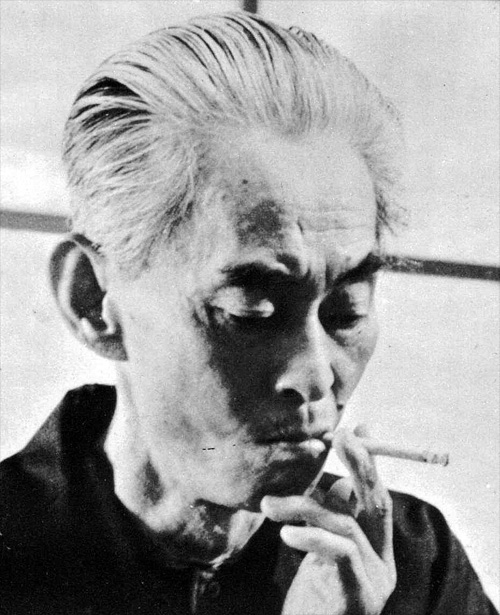
Playing go. Kawabata wrote The Go Master in 1954.
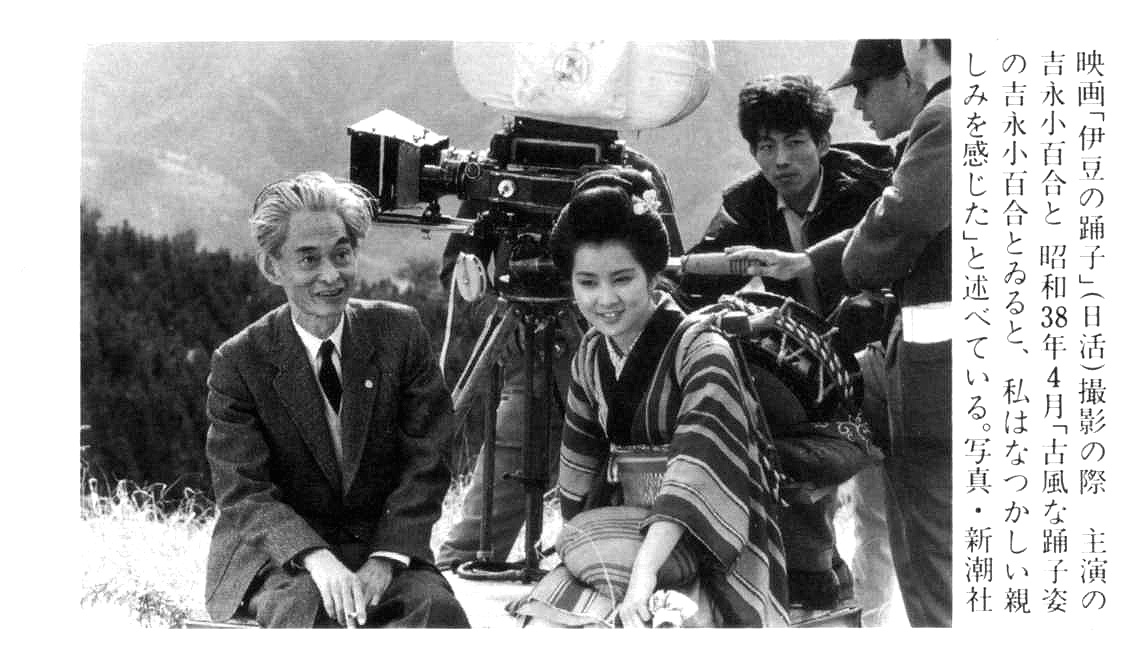
Kawabata on the set of "The Izu Dancer" (伊豆の踊子) with Yoshinaga (吉永小百合). He said of her, "I felt a nostalgic intimacy with Sayuri Yoshinaga when she was in the traditional dress of a dancer."
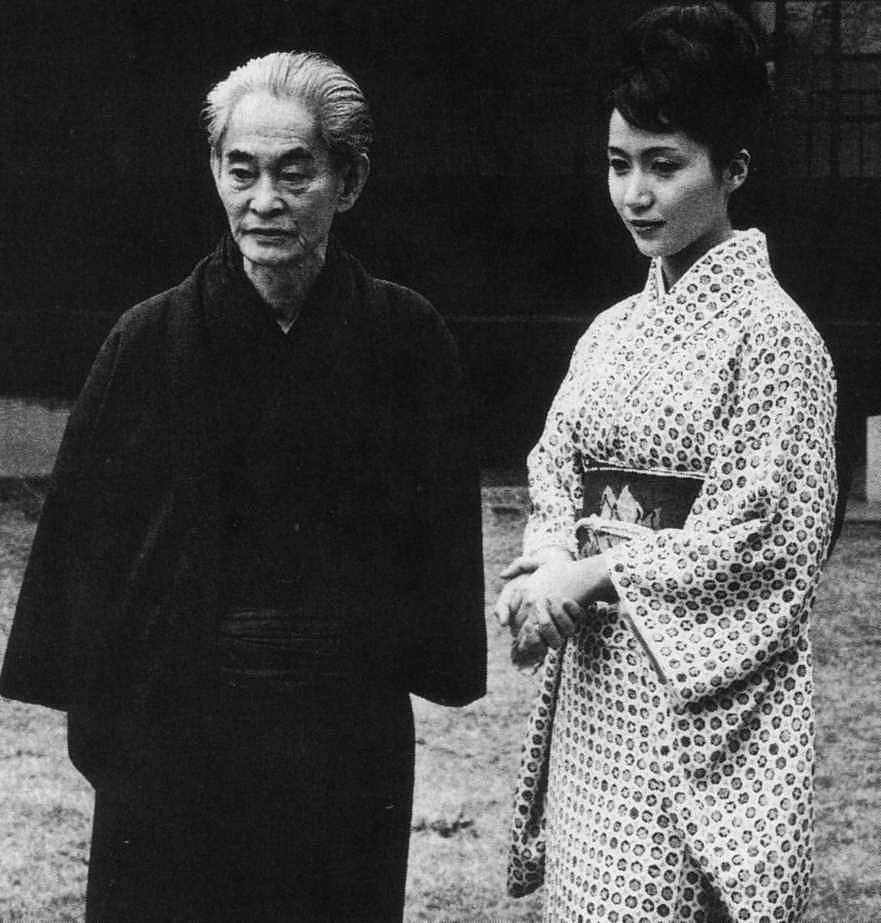
Kawabata with actress Iwashita (岩下志麻) at his lawn at Nagatani. Iwashita was in the film versions of "The Capital" (古都), 1963 and "Snow Country" (雪国) 1965.
(after 1946)
A portrait from late in his life.
A portrait from late in his life.
